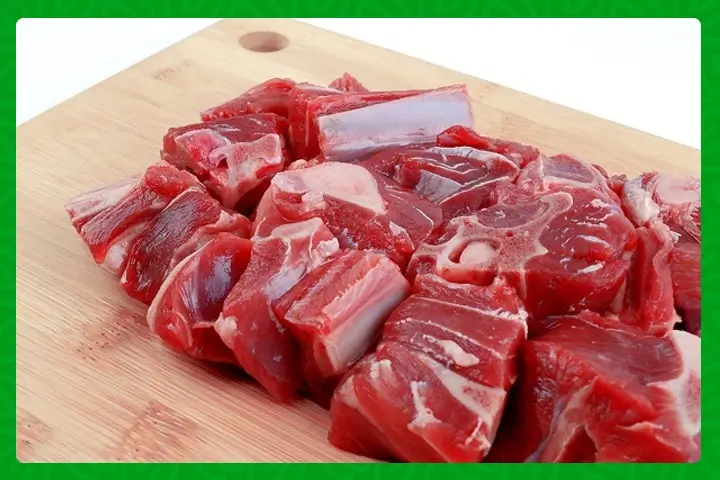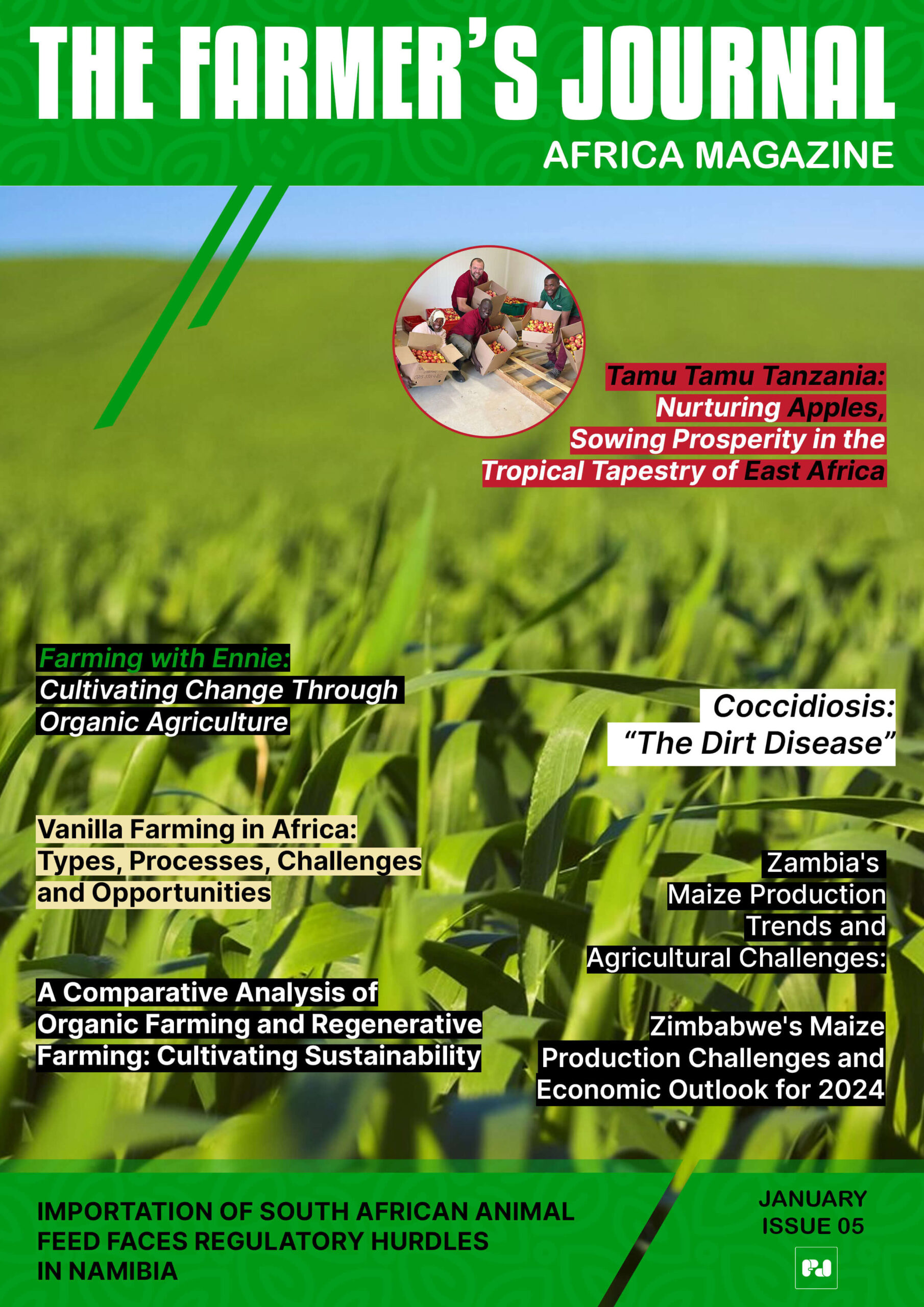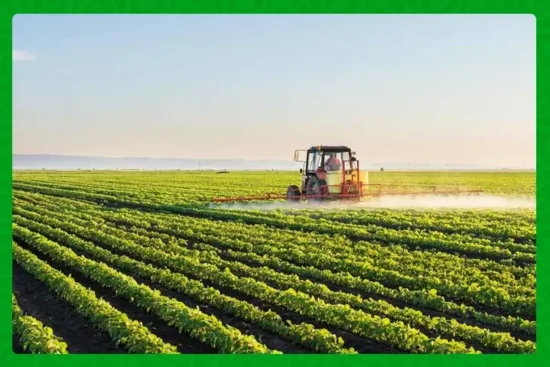
A Growing Burden on Shoppers and Sellers
Meat lovers in Rwanda are feeling the squeeze as prices climb across the board. From bony beef to exotic chicken and tilapia fillets, vendors at Kigali’s Nyarugenge Market report a steady uptick in costs that they simply cannot absorb. Shoppers arrive each morning hoping for a bargain only to be met with price tags that have jumped by as much as 30 percent in just twelve months.
What’s Driving the Price Surge?
Several factors are pushing Rwanda’s meat prices higher:
- High fuel costs: Transporting livestock and feed from farms to city markets now carries a much larger price tag.
- Rising animal feed prices: Poultry farmers point to expensive imported feed as a major culprit, driving up the cost of both local and exotic chicken.
- Supply shortages: Droughts and feed scarcity have cut production, particularly of tilapia and fish fillets, causing vendors to compete for dwindling stocks.
- Strong demand for beef: Even as costs rise, beef remains popular, putting extra pressure on vendors to keep shelves stocked.
These combined pressures mean daily price fluctuations—something both vendors and shoppers at Nyarugenge Market have come to expect.
Snapshot of Today’s Meat Prices
| Meat Type | Price in 2024 | Price in 2025 | Increase |
|---|---|---|---|
| Bony beef | US$4.50 (Rwf5,500) | US$4.90 (Rwf6,000) | +US$0.40 (Rwf500) |
| Boneless beef | US$6.00 (Rwf7,500) | US$6.50 (Rwf8,000) | +US$0.50 (Rwf500) |
| Stomach meat | US$2.00 (Rwf2,500) | US$2.45 (Rwf3,000) | +US$0.45 (Rwf500) |
| Exotic chicken | US$2.85 (Rwf3,500) | US$2.85 (Rwf3,500) | Stable |
| Local chicken | US$4.10–4.50 (Rwf5,000–5,500) | US$5.30 (Rwf6,500) | +US$0.80–1.20 (Rwf1,000) |
| Goat and sheep meat | US$4.90 (Rwf6,000) | US$6.10 (Rwf7,500) | +US$1.20 (Rwf1,500) |
| Tilapia | US$4.50–5.00 (Rwf5,500–6,000) | US$4.50–5.00 (Rwf5,500–6,000) | Stable but scarce |
| Fish fillet | US$8.00 (Rwf10,000) | US$9.40 (Rwf11,500) | +US$1.40 (Rwf1,500) |
Vendors like Musabyimana attest that daily beef sales have fallen from around 100–150 kilograms last year to just 50–60 kilograms now. Chicken, once a reliable seller, lingers at roughly 10 kilograms per day as shoppers tighten their belts.
Inflation’s Heavy Hand
According to the National Institute of Statistics of Rwanda, April 2025 saw the national inflation rate hit 6.3 percent, matching urban inflation and trailing rural inflation at 6.9 percent. Food and non alcoholic beverages—27 percent of the Consumer Price Index—led this surge with an urban food price rise of 7.9 percent year on year.
- Meat prices: Up 33.8 percent in urban and 35.5 percent in rural areas compared to April 2024.
- Vegetables: Urban prices rose by 8.5 percent, rural by 6.6 percent.
- Fresh produce index: A sharp 14.6 percent jump over the past year.
While energy costs dipped slightly, and transport and housing climbed modestly, it is food inflation that keeps vendors awake at night as they grapple with what to charge next.
How Vendors and Shoppers Can Adapt
- Bulk buying and co‑ops: Vendors can negotiate better rates on feed or meat by pooling orders.
- Seasonal promotions: Shoppers might find relief in off‑season cuts or smaller portions priced for tighter budgets.
- Local sourcing: Tapping into nearby farms could reduce transport fuel costs for both meat and feed suppliers.
- Transparent pricing: Clear explanations of cost drivers help build trust between vendors and customers, ensuring community support even when prices climb.
Meat prices in Rwanda are undeniably on the rise, influenced by factors from fuel to feed to fierce demand. Vendors at markets like Nyarugenge face a daily balancing act; raising prices enough to cover costs without losing customers outright. As the country’s CPI data underscores, food inflation is at the heart of this challenge. By exploring cooperative buying, embracing seasonal variations and staying transparent with customers, vendors can weather the storm while shoppers find ways to enjoy their favorite proteins without breaking the bank.
Stay updated with the latest farming tips and agriculture industry news from Africa by subscribing to our newsletter. Don’t miss out on valuable insights and updates. Follow us on Twitter, LinkedIn, and Facebook to join our farming community and stay connected with us.


















